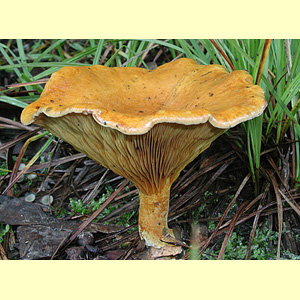
images/Austropaxillus/Austropaxillus_infundibuliformis_KRT2820.jpg
Medium to large agaric, growing on the ground, with a rusty, clay or dark brown, rarely olivaceous, spore print. Pileus pale, yellow, orange or brown, dry to viscid, not translucent-striate, and usually infundibuliform with age. Lamellae decurrent, forked. Stipe central, rarely excentric. Veils lacking. Spores yellow-brown, dextrinoid or non-amyloid, smooth or very finely roughened, very elongate, subcylindrical to bacilliform. Cheilocystidia and pleurocystidia present or absent. Lamellar trama bilateral. Pileipellis a trichoderm. Clamp connections present or absent.
The forked lamellae are very distinctive, and can easily be removed from the pileus. The pileus margin often remains inrolled even at maturity.
Phylloporus also has large fruit-bodies with a brown spore print and decurrent lamellae, but it differs in that all species lack clamp connections. And, in addition, fruit-bodies often stain brown, blue, green or red, whereas
Austropaxillus bruises only brownish or reddish. Lamellae of
Phylloporus tend to be deeper and more widely spaced than in
Austropaxillus. The genus
Hygrophoropsis is distinguished by the white to pale yellow spore print. Another related genus,
Tapinella, grows on wood. The closest taxon is
Paxillus involutus, which grows only under exotic trees, and has less elongate spores.
Austropaxillus Bresinsky & M.Jarosch, in Bresinsky et al., Plant Biol. 1: 331 (1999).
Several species (until recently placed in
Paxillus):
Austropaxillus infundibuliformis and
A. muelleri. Delimitation of these two species is not clear; Watling & Gregory (1991) considered the former to lack pleurocystidia and have rare clamp connections, and the latter to have pleurocystidia but lack clamp connections.
Paxillus ochraceus and
P. veluticeps also appear to belong in
Austropaxillus. There are likely to be some further undescribed species. The only confirmed Australian record of
Paxillus in the strict sense is now
Paxillus involutus. Among other species remaining in
Paxillus there are several with Australian type specimens that lack modern interpretations:
Paxillus eucalyptorum and
P. hirtulus seem not to belong in
Austropaxillus, while
Paxillus aureus is probably a species of
Meiorganum or
Tapinella. Sequestrate (truffle-like) relatives are currently placed in
Gymnopaxillus.
W.A., S.A., N.S.W., Vic. and Tas. (and probably also N.T. and Qld).
In native forests.
On the ground.
Ectomycorrhizal.
Bougher, N.L. (2009a),
Fungi of the Perth region and beyond: a self-managed field book, Western Australian Naturalists' Club (Inc.), Perth. [
Description and
Illustration of
A. muelleri]
Bougher, N.L. & Syme, K. (1998), Fungi of Southern Australia. University of Western Australia Press, Nedlands. [Description, Illustration and Microcharacters of A. infundibuliformis (as Paxillus)]
Fuhrer, B. (2005), A Field Guide to Australian Fungi. Bloomings Books, Hawthorn. [Description and Illustration of A. infundibuliformis]
Fuhrer, B. & Robinson, R. (1992), Rainforest Fungi of Tasmania and South-east Australia. CSIRO Press, East Melbourne. [Illustration of A. muelleri (as Paxillus)]
Grgurinovic, C.A. (1997a), Larger Fungi of South Australia. The Botanic Gardens of Adelaide and State Herbarium and The Flora and Fauna of South Australia Handbooks Committee, Adelaide. [Description and Microcharacters of A. infundibuliformis (as Paxillus)]
Horak, E. (1979e), Paxilloid Agaricales in Australasia, Sydowia 32: 154–166. [Brief details of Australian species]
McCann, I.R. (2003), Australian Fungi Illustrated. Macdown Productions, Vermont. [Illustration of A. infundibuliformis as Paxillus]
Watling, R. & Gregory, N.M. (1991), Observations on the boletes of the Cooloola sandmass, Queensland and notes on their distribution in Australia. - Part 3: lamellate taxa, Edinburgh J. Bot. 48: 353–391. [Description and Microcharacters of A. infundibuliformis and A. muelleri (as Paxillus), and of Paxillus veluticeps, and discussion of other species of Paxillus sens. lat. reported from Australia]
Watling, R. & Li, T.-H. (1999), Further observations on the boletes of the Cooloola Sandmass, Queensland and extralimital area, in R.Watling & T.-H.Li, Australian Boletes: a Preliminary Survey, 27–71. Royal Botanic Garden, Edinburgh. [Description and Microcharacters of Paxillus ochraceus]

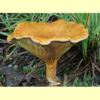
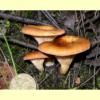
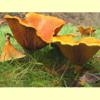
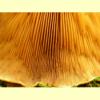
_AE_33_sml.jpg)
